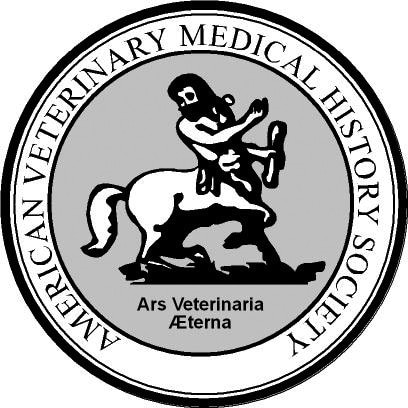Archives aren’t exactly designed for speed. But as I read recently about the Smithsonian’s rapid capture process for the digitization of collections, I see another a sign that archives are evolving in the right direction. Of course, few can scale like the Smithsonian, and that makes the up-front investment prohibitive for most. But that doesn’t mean we throw in the towel. Instead, it’s time to prioritize. Unfortunately, prioritization is more often the cause of stagnation than action. Don’t let it happen to you!
In the John Deere Archives we have competing priorities like everyone else. Some weeks everyone wants a photo. Other days it’s film. Often it’s in the form of questions like “give me everything you have on tractors.” Really?
Those questions, however, do have one thing in common—“can you scan it and send it to me immediately!” So as we work to get in front of the questions and to deliver digital surrogates, where do we start? Our process for prioritization is imperfect, but it’s a process nonetheless. We have mobilized to aggressively digitize photos and film. We looked at nearly 10,000 reels of film to determine where to start, and got it down to about 100 that will capture nearly 100 years of equipment history, as well as cultural footage such as architecture, etc. We thought about our hundreds of thousands of photographs, and decided not all are created equally. We identified the bottlenecks. We still have them, and we don’t have a way around them right now. However, we did move the bottleneck to the end of the process so we could provide access. And—and I cannot overstress this—we learned to say NO (as much as we can). It’s the path to being able to say YES.
We can always be more responsive, but continue to make great strides. We can quickly access digital content. We can plan in advance; know who to call for help; and have some answers before the question comes. Perhaps most importantly, our approach demonstrates that we are evolving with the rest of the business, and aligned to the needs of the business and our customers. By prioritizing ourselves, we are indeed building ourselves for speed! What decisions have you made to evolve your operation?
Neil Dahlstrom is the Manager, Corporate History for John Deere & Company.




